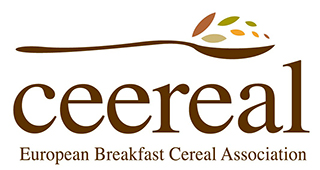The history of modern-day breakfast really begins with a pain in American stomachs. The mid-19th century breakfast consisted mainly of fatty meat, was largely devoid of any fibre and created all sorts of gastrointestinal disorders. There were also concerns amongst members of a certain religious movement that the traditional meat-based breakfast could also lead to certain moral ills! The search began for a healthier breakfast.
Man has been cultivating cereals as a staple part of the diet for thousands of years. Ever since the stone-age cereals have been a crucial aspect of existence. One of the greatest benefits that cereals brought was the possibility to store food throughout the year so that the primitive communities could raise and grow their own crops in the same area rather than be forced to continually be on the move in search of new hunting areas. Grain has been harvested throughout the world. Once baking had been developed, grain became not only an essential part of the diet but also an important commodity to be traded and even used as a currency.
The industrial revolution from the 19th century brought technological advancements that made the 19th and 20th centuries saw a huge expansion of cereal products including daily doses at breakfast time. In the quest to improve the diet of people both in the US and in Europe several traditional breakfast types were developed including cereal flakes and muesli which have now become ingrained into our daily diets.
The first ever breakfast cereal was Granola, invented in the USA in 1863 by James Caleb Jackson, a convinced vegetarian, who was the operator of the Jackson Sanatorium in the state of New York. However, the cereal never caught on commercially, because the heavy bran nuggets needed soaking overnight before they were tender enough to eat.
The first oat-based cereals put on the US market in late 19th century also suffered from the same problem. A cook-book written in 1903 confirms that: “four hours of boiling makes oatmeal good; eight hours makes it better; twenty-four hours makes it best.”
But then Doctor John Harvey Kellogg arrived on the scene. A religious man, and a respected superintendent at the Battle Creek Sanatorium, he developed a biscuit made from oats, wheat and corn meal, and a number of other cereals in the 1880s.
Together with his brother, the business savvy former travelling broom salesman Will Keith Kellogg, John developed several grain-based cereals. It was, however, largely by accident that they invented the first modern, ready-to-eat cereal, the “Corn Flake,” and established the manufacturing model for modern cereal production.







